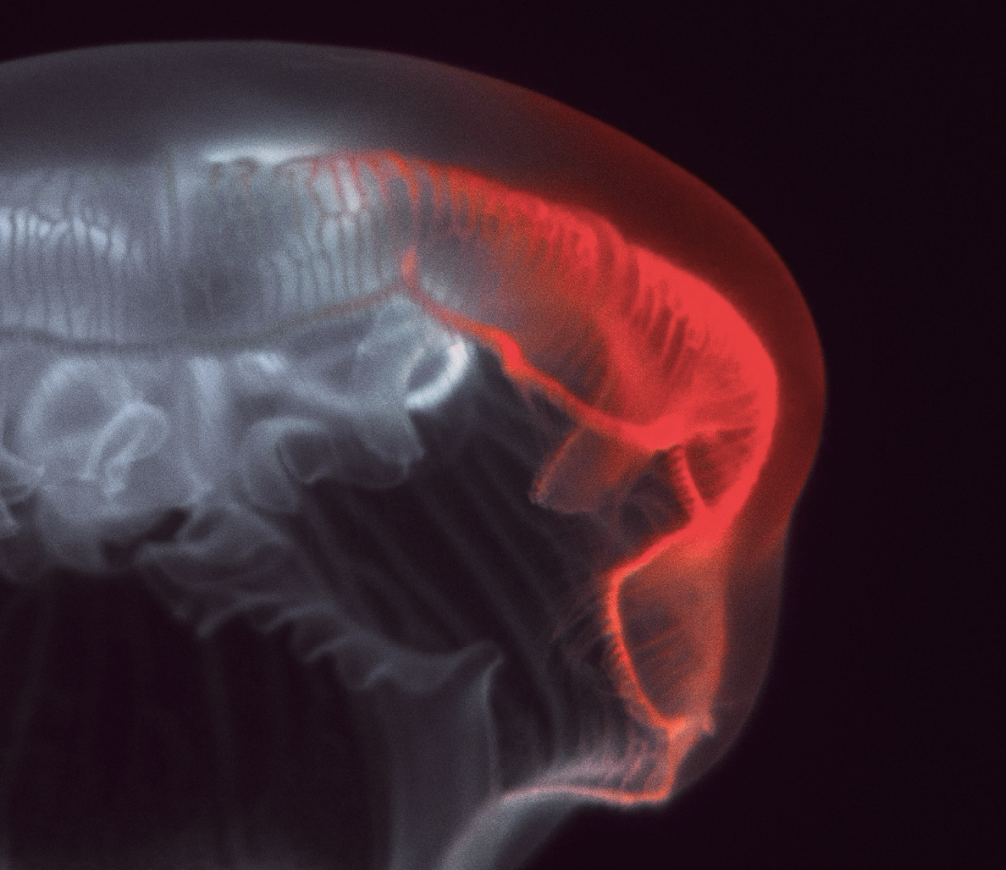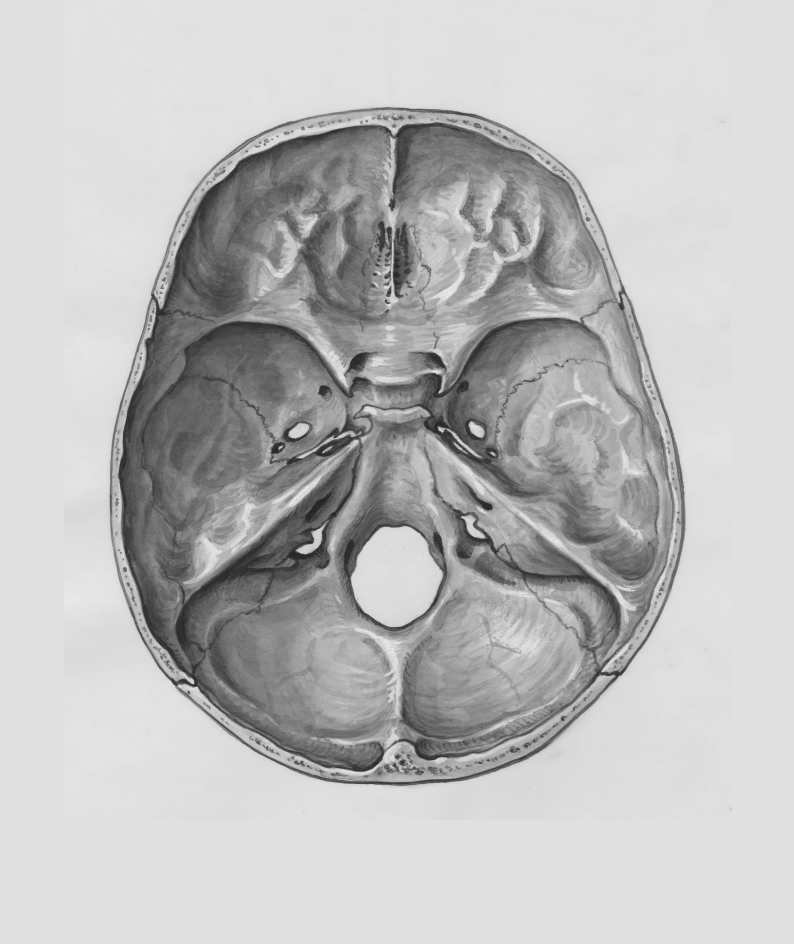.avif)
Neurology
Alzheimer’s Disease
There are over 55 million people worldwide living with dementia. Extensive efforts have been directed toward discovering AD plasma or serum biomarkers in order to detect AD as early as possible, but the existing set of solutions has not yielded the level of diagnostic efficacy that is possible.
Why? Only a fraction of the brain’s proteins are released into the bloodstream, and once there, they are severely diluted by high concentrations of plasma proteins, such as albumin and IgG.
Furthermore, brain proteins suffer dilution during liver metabolization processes and clearance by the kidney.
The problem
Serum biomarkers for early detection of Alzheimer’s disease


Alzheimer's Diagnosis
Efforts to discover reliable, plasma and serum Alzheimer disease (AD) biomarkers - the gold standard in clinics - are ongoing. But the current diagnosis of AD is primarily based on the appearance of symptoms associated with cognitive impairment caused by aggregation of overproduced amyloid beta (Aβ) and tau protein, which only present in fractions in the bloodstream.
A marked decrease in CSF Aβ42 and an increase in both total tau (t-tau) and phosphorylated tau (p-tau) in CSF have been used to identify symptomatic AD patients with a sensitivity and specificity of detection above 80%.

Difficulties in developing blood-based biomarkers for AD
Although blood biomarkers show promise for early detection of AD, they are challenging to incorporate into clinical practice.
First, the protein concentration in CSF is about 100x lower than blood, making brain proteins difficult to detect in blood. Secondly, brain proteins circulating in the blood degrade due to proteolytic enzymes, metabolization in the liver, or clearance by the kidneys.
First, the protein concentration in CSF is about 100x lower than blood, making brain proteins difficult to detect in blood. Secondly, brain proteins circulating in the blood degrade due to proteolytic enzymes, metabolization in the liver, or clearance by the kidneys.
Several plasma-based biomarkers targeting Aβ, tau, or phosphorylated tau (p-tau) proteins have been developed but require ultra-sensitive, high-cost, low availability methods such as Simoa (Single Molecule Array) and LumiPulse to detect, thus restricting the scale of clinical use as screening or diagnostic tools.
Our solution
Halcyon has discovered new, serum-based, AD biomarkers via a novel tech approach.

Development of serum lateral flow and ELISA-based diagnostic products.
Our main goal: to validate one of several biomarkers that are overexpressed in early-stage AD patients. If successful, the serum-based product could be employed as an in vitro diagnostic (IVD) test to supplement the current standard of Alzheimer’s disease tests.
Early diagnosis of AD enables appropriate counseling to take place, as well as helping in planning treatment and care. Thus, giving consumers direct access to cheap testing at-home allows for agency in understanding any neurological issues before they worsen.

Development of a panel of biomarkers to increase the accuracy of AD detection.
Once validated, a panel including multiple biomarkers can be developed. We are currently assessing the efficacy of 17 different proteins related to neurodegenerative diseases.
Through the use of our 2-D HPLE technology, it is likely that biomarkers for other neurodegenerative diseases besides AD could be discovered including Parkinsons disease, dementia with Lewy bodies, vascular dementia, and amyotrophic lateral sclerosis.

Development of cost-effective, mass spectrometry-based AD detection.
The identification of specific peptide sequences in the serum would allow for the development of mass spectrometry-based detection such as the immunoprecipitation and mass spectrometry (IP-MS) test.
The IP-MS methods have been shown to be very reliable for protein quantification for Aβ and p-tau in plasma. Because they have been extensively studied for Aβ, it would be possible to develop mass spectrometry-based tests using our newly discovered biomarker peptides.



